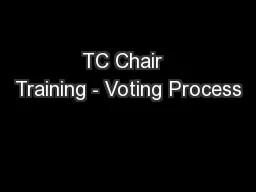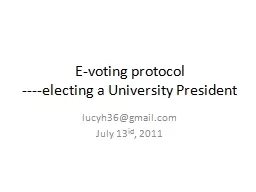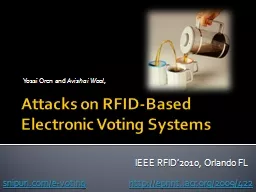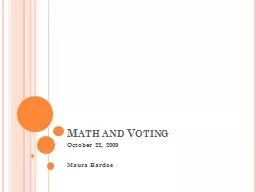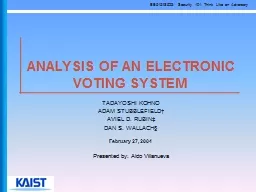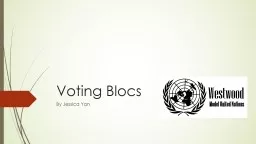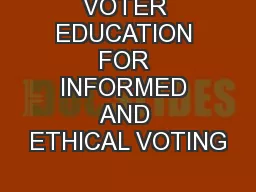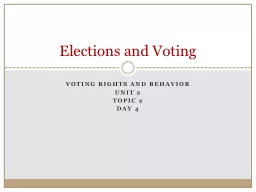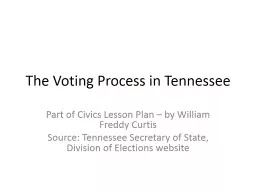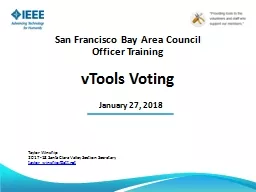PPT-TC Chair Training - Voting Process
Author : luanne-stotts | Published Date : 2018-10-29
Cynthia Gage TAC Training Coordinator June 20 2014 Outline Voting Process Establishing Quorum 23 rds or simple majority Recording votes When does Chair vote When
Presentation Embed Code
Download Presentation
Download Presentation The PPT/PDF document "TC Chair Training - Voting Process" is the property of its rightful owner. Permission is granted to download and print the materials on this website for personal, non-commercial use only, and to display it on your personal computer provided you do not modify the materials and that you retain all copyright notices contained in the materials. By downloading content from our website, you accept the terms of this agreement.
TC Chair Training - Voting Process: Transcript
Download Rules Of Document
"TC Chair Training - Voting Process"The content belongs to its owner. You may download and print it for personal use, without modification, and keep all copyright notices. By downloading, you agree to these terms.
Related Documents

